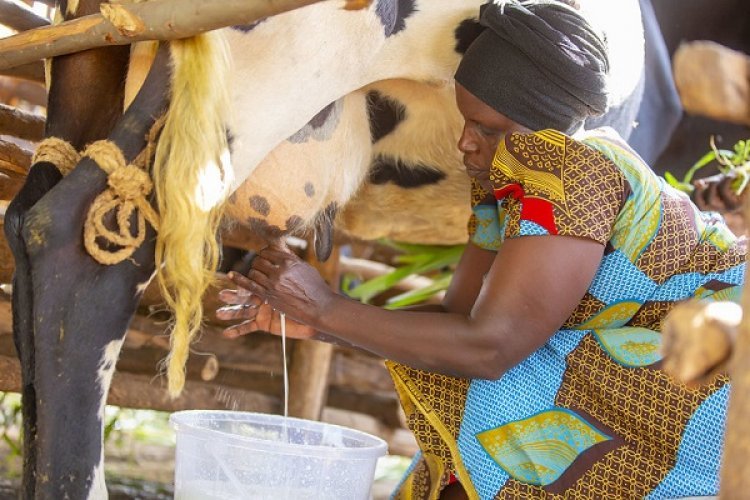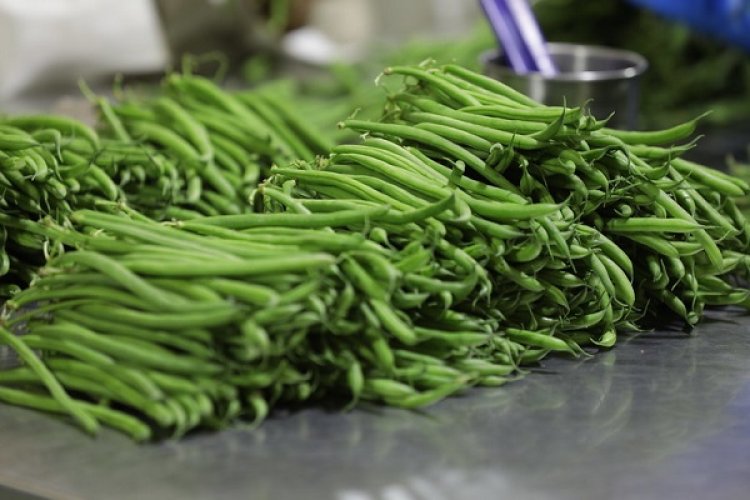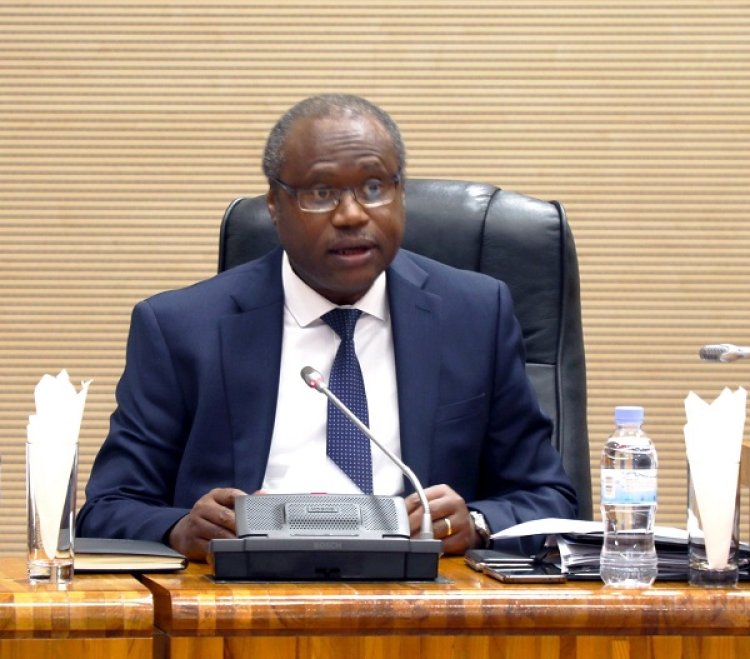Several Rwandan poor and low income households may have slid into poverty over rising inflation with high food prices likely to increase inequality in over ten Districts of the country, revealed the World Bank’s 2023 Rwanda Economic Update report released Tuesday.
The report, which analyses the country’s recent economic developments and prospects, points to a strong growth in 2022 with 8.4 per cent GDP growth in the first three quarters thanks to the revival of tourism.
However, its data, which are drawn from reports by the government and additional information collected by the author in regular economic monitoring and policy dialogue, show effects of rising inflation could undermine the hard-won social economic gains registered over the recent years, if not properly addressed.
Rwanda has consistently ranked in top 10 countries with the highest food price inflation globally in successive World Bank assessments.
ALSO READ: Food costs up by 45.4pc. How expensive is the festive meal?
According to the latest report, inflation of food and non-alcoholic beverages rose to record-highs in October 2022 — by 39.7 per cent and 64.8 per cent year on year in urban areas and rural areas respectively — prompting the banking sector regulator to raise its policy rate to a level lastly seen in 2016.
The National Bank of Rwanda, which had raised the policy rate by 50 basis points to 6.5 per cent in November 2022, increased it again to 7 per cent this month amid inflationary pressures.
Inflation of food and non-alcoholic beverages rose to record-highs in October 2022 — by 39.7 per cent and 64.8 per cent year on year in urban areas and rural areas respectively, prompting the banking sector regulator to raise its policy rate to a level lastly seen in 2016.
“This reflects the poor food production during the two agricultural seasons mainly due to global supply chain disruptions that reduced the availability of agriculture inputs, coupled with unfavorable weather conditions,” indicated the World Bank report.
ALSO READ: Landless farmers: Rwanda’s agriculture conundrum
Inequality
In particular, the report data show food price increases pose a major threat to food security and human capital of the poor in at least 11 Districts that were found to have poverty rates that are higher than the national average of 8.2 percent, and have experienced higher rates of food inflation compared to the rest.
Top on the list of affected districts is Rutsiro, Ngororero, Burera and Huye. Others are Musanze, Rubavu, Nyaruguru, Nyabihu, Karongi, Rulindo and Nyamasheke.
If not addressed properly, World Bank indicates, high food prices could undermine the hard-fought gains in recent years that saw a reduction in stunting from 38 to 33 per cent between 2015 and 2020.
Data from the rural markets prices show that districts with highest prevalence of stunting are also the ones with highest food price increase.
“High inflation is also likely to accentuate geographical inequality, as the poorest districts seem to be the most affected. Poor people are getting hit harder by food prices probably because of their lower capacity compared to richer districts to cope with weather shocks and increased fertilizers price,” further indicated the World Bank.
ALSO READ: Rwanda moves to tame inflation, ups budget by $98.2 million
Measures adopted by government to mitigate the impact of inflation have included fuel, seeds, fertilizer, and public transport subsidies and increased spending on social protection programs.
Government also increased spending on social protection, revised teachers’ salaries and contributions to school feeding programs, alongside efforts to find alternative sources or substitutes for food products whose prices have been on the rise.
But World Bank suggests that although these measures could contribute to addressing the inflation crisis, they are not enough, particularly due to coverage and consistency issues.
The bank’s experts say that that given the severity of the crisis, further measures are needed to protect the poor and most vulnerable over the short term could include reinforcing social protection policies; providing emergency support to agricultural production; scaling up and improving targeting of school feeding; and strengthening policies to address food insecurity and prevent child stunting.









